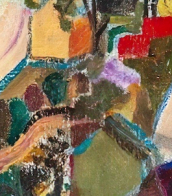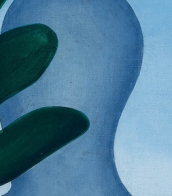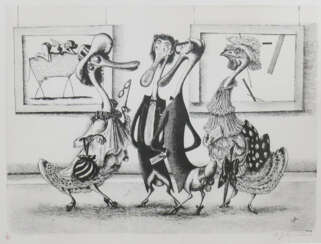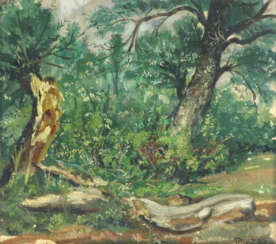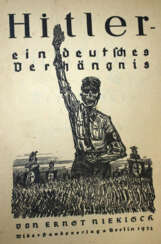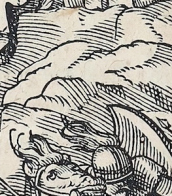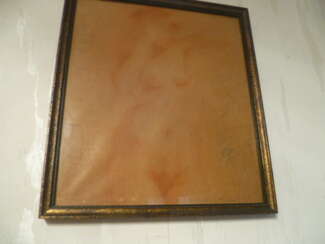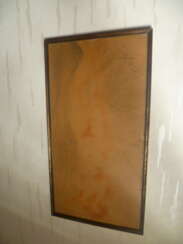paul weber
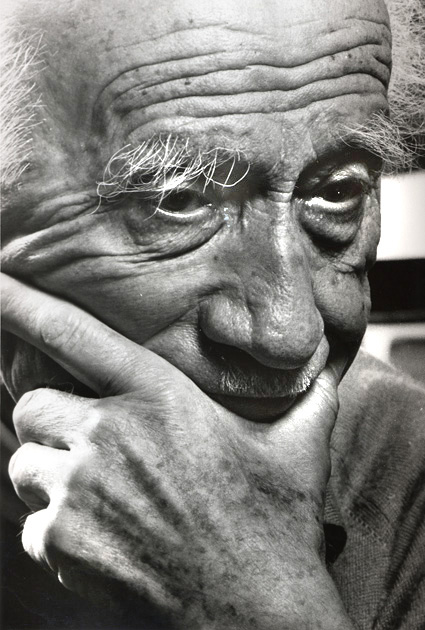
Andreas Paul Weber was a German cartoonist, engraver, and lithographer.
Weber raised the themes of medicine and the environment, but was mainly a political cartoonist, but his relationship with the Fascist regime was very complicated and ambiguous.
For example, in 1937 Weber was arrested by the Gestapo and sent to a concentration camp, but in 1940 he received the state prize for the best politically engaged artists. In the same year, he illustrated the book Soldatengeist (Soldatgeist), with a preface by Himmler himself, which sold a hundred thousand copies. In 1944, in the magazine Action. Die Aktion. Kampfblatt für das neue Europa) published a series of his drawings Leviathan against the Stalinist regime and Bolshevism.
After the war, Weber continued to produce paintings and drawings critical of the bourgeoisie and the avant-garde. Fear, death, madness and destruction remain the protagonists of his works.
During his career he created more than 200 paintings and 1500 illustrations, about 3000 lithographs.

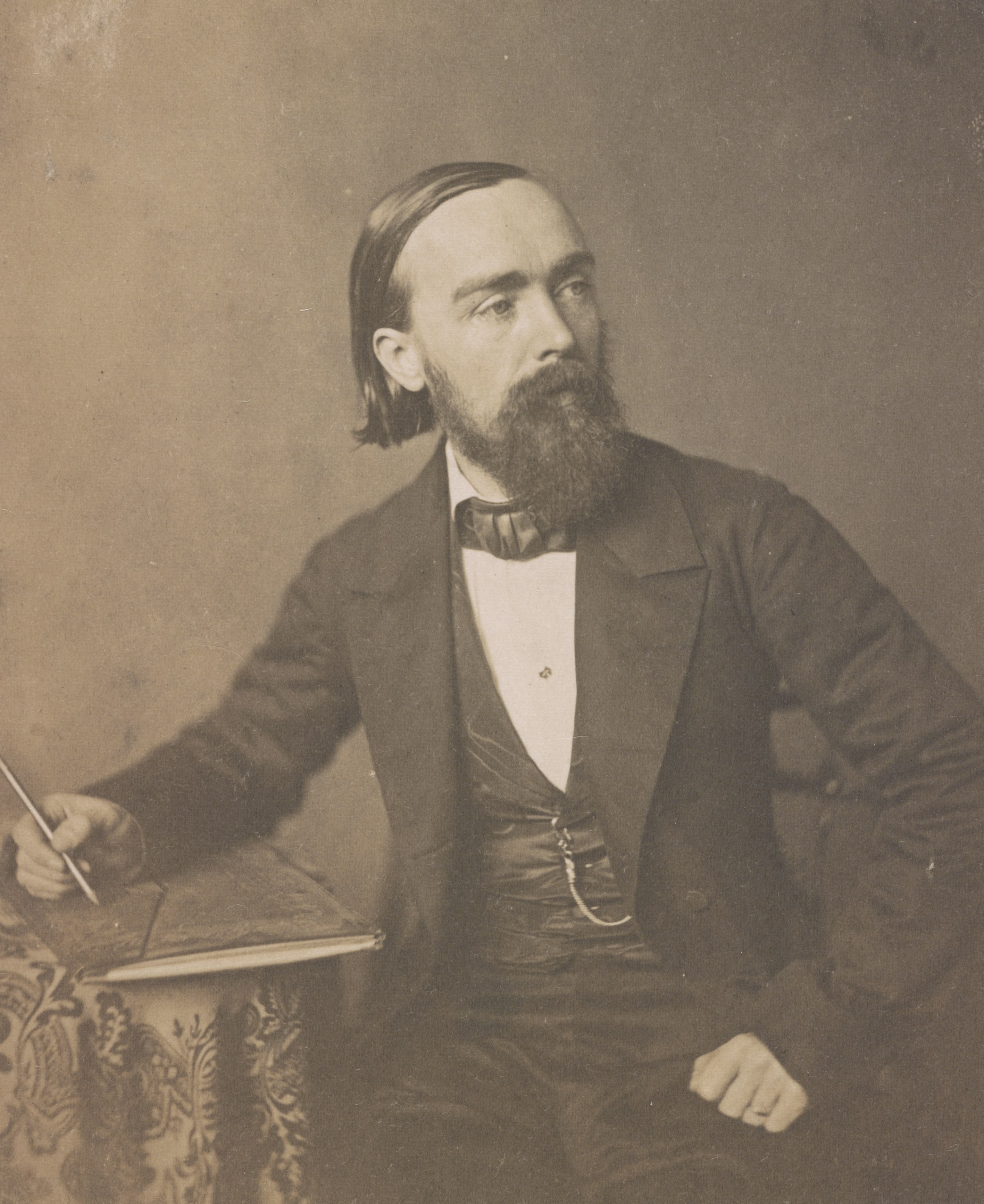
Gottlieb Daniel Paul Weber was a German artist. Weber is known for his ethereal and timeless landscape paintings of early northeast America. He emigrated to the U.S. in 1848 and though he returned to Germany around 1860 his influence on American landscape painting was still felt for years.

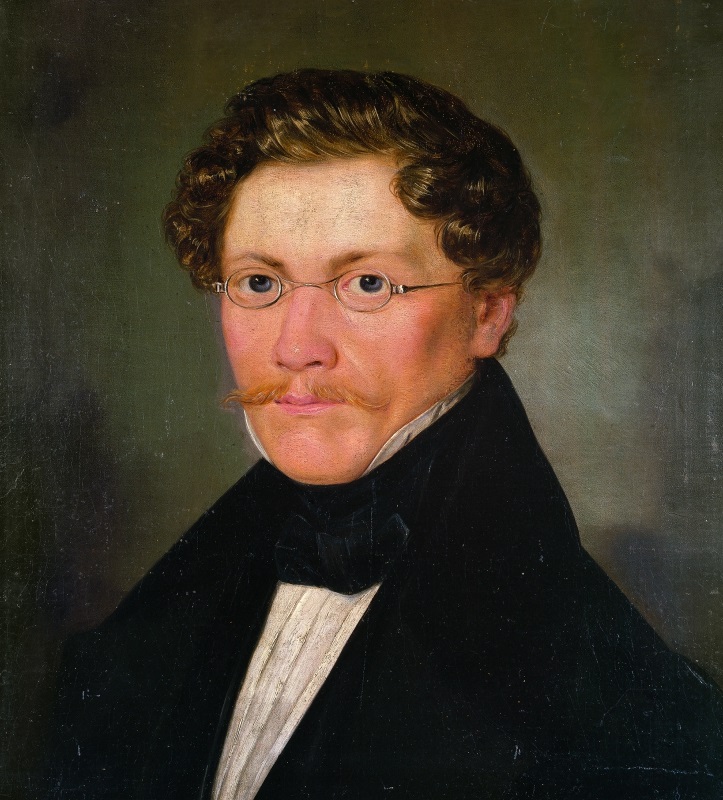
Carl Spitzweg was a German romanticist painter, especially of genre subjects. He is considered to be one of the most important artists of the Biedermeier era.

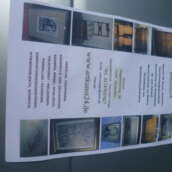

Rudolf Grossmann (German: Rudolf Grossmann, or Großmann), full name Rudolf Wilhelm Walther Grossmann, was a German painter, draftsman, illustrator and graphic artist.
Born into an artistic family, Grossmann began his education in painting and printmaking at the Düsseldorf Academy before continuing his studies in Paris with Lucien Simon and Pouleroz. Among his best-known works are various portrait drawings of celebrities, notably those published in the satirical periodical Simplicissimus; he was also known for his book illustrations. Grossmann began publishing his prints in 1905, and many major publishers in Germany and France commissioned his work. He later concentrated on figurative works and urban scenes, which showed the influence of Cézanne and Pasquin.
From 1928 until Hitler's Nazi Party came to power, Grossmann taught at the Berlin Royal School of Art and was a member of the Berlin Secession and the Deutsche Kunstlerbund. In 1934, his work, like that of many of his colleagues, was stigmatized as degenerate and confiscated by the Nazi government, and he was disbarred from practicing his profession. He soon left for Freiberg im Beisgau, where he died on November 28, 1941.


Rudolf Grossmann (German: Rudolf Grossmann, or Großmann), full name Rudolf Wilhelm Walther Grossmann, was a German painter, draftsman, illustrator and graphic artist.
Born into an artistic family, Grossmann began his education in painting and printmaking at the Düsseldorf Academy before continuing his studies in Paris with Lucien Simon and Pouleroz. Among his best-known works are various portrait drawings of celebrities, notably those published in the satirical periodical Simplicissimus; he was also known for his book illustrations. Grossmann began publishing his prints in 1905, and many major publishers in Germany and France commissioned his work. He later concentrated on figurative works and urban scenes, which showed the influence of Cézanne and Pasquin.
From 1928 until Hitler's Nazi Party came to power, Grossmann taught at the Berlin Royal School of Art and was a member of the Berlin Secession and the Deutsche Kunstlerbund. In 1934, his work, like that of many of his colleagues, was stigmatized as degenerate and confiscated by the Nazi government, and he was disbarred from practicing his profession. He soon left for Freiberg im Beisgau, where he died on November 28, 1941.

